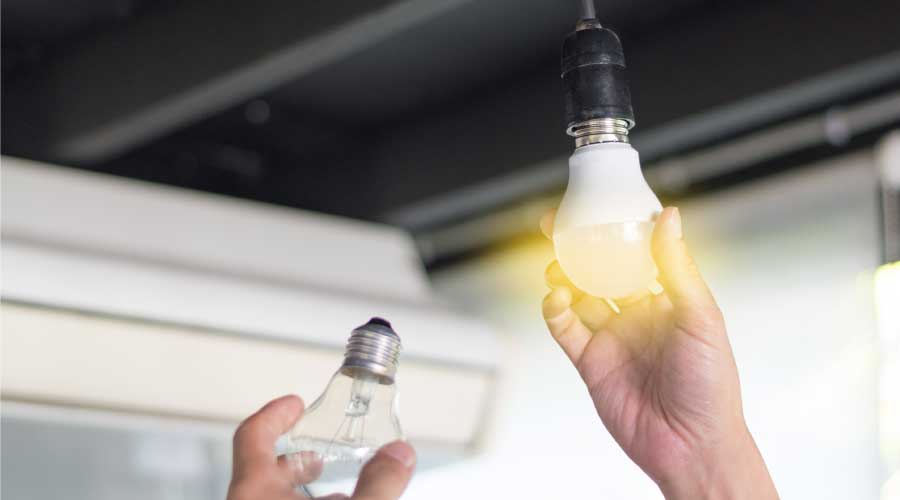Doing Lighting Retrofits the Right Way
Advances in lighting technology continue at a rapid pace. As a result, maintenance and engineering managers involved in lighting retrofits are challenged to keep up with the changes and assess new technologies, looking for the best fit for their facilities.
Lighting-component manufacturers often see large institutional and commercial facilities as having high sales potential when they can tell a good energy story. Sometimes, these claims related to energy are true, but how can managers successfully specify lamps and luminaires for retrofit projects, given changes in technology and a full plate of other responsibilities?
Not long ago, when the palette of lamps and luminaires consisted primarily of incandescent, fluorescent and high-intensity-discharge light sources, managers who knew the products could select products for retrofits or replacements successfully because the products performed in a predictable way and did not change much from year to year.
Light-emitting diodes (LEDs) are a whole new ballgame. Unfortunately for managers, manufacturers do not publish LED performance information in a uniform way, so comparing apples to apples is difficult.
Also, standards that describe color temperature and color rendering index (CRI) do not work as well with LED sources. Warranties also are different, and so are dimming characteristics.
Product Watch
When selecting lamps and luminaires for lighting retrofits, managers have found the best results when using products from manufacturers with proven track records of reliability and long performance life. These companies have been around a long time, and it is likely they will be around if warranty issues arise with their products.
Many companies are new to the lighting market. Even companies that are not exactly new to the market — many well-known manufacturers have jumped in recently — offer products that are more likely to miss the mark in terms of color and beam spread than manufacturers that have been producing lamps for generations.
Managers also must be aware of manufacturers and warranties. If a manufacturer promises a 10-year warranty, the first step is to find out if the company is publicly traded. If so, it has to jump through more hoops to offer a 10-year warranty than a privately held company. Managers also must find out the warranty's actual provisions and get them in writing. A warranty that only covers parts is not very helpful if the fixture is in a 50-foot ceiling.
If the product is for a retrofit project, it must have the proper label and be located in the fixture where a maintenance person will be able to access it. If it does not have the label, it does not meet UL requirements. This situation includes LED lamps that are shaped like T8 fluorescent lamps. A recent review by CALiPER — the U.S. Department of Energy program that reviews LED products — found that only one of ten samples had the required label, and that label was not in the proper format.
Managers also should not assume that just because a product is an LED it is more efficient than its counterpart it is replacing or that it will have a longer performance life. Some conventional fluorescent lamps have longer lives than LEDs with a higher output. For the difference in cost, conventional lamps often are a better choice.
Related Topics:














